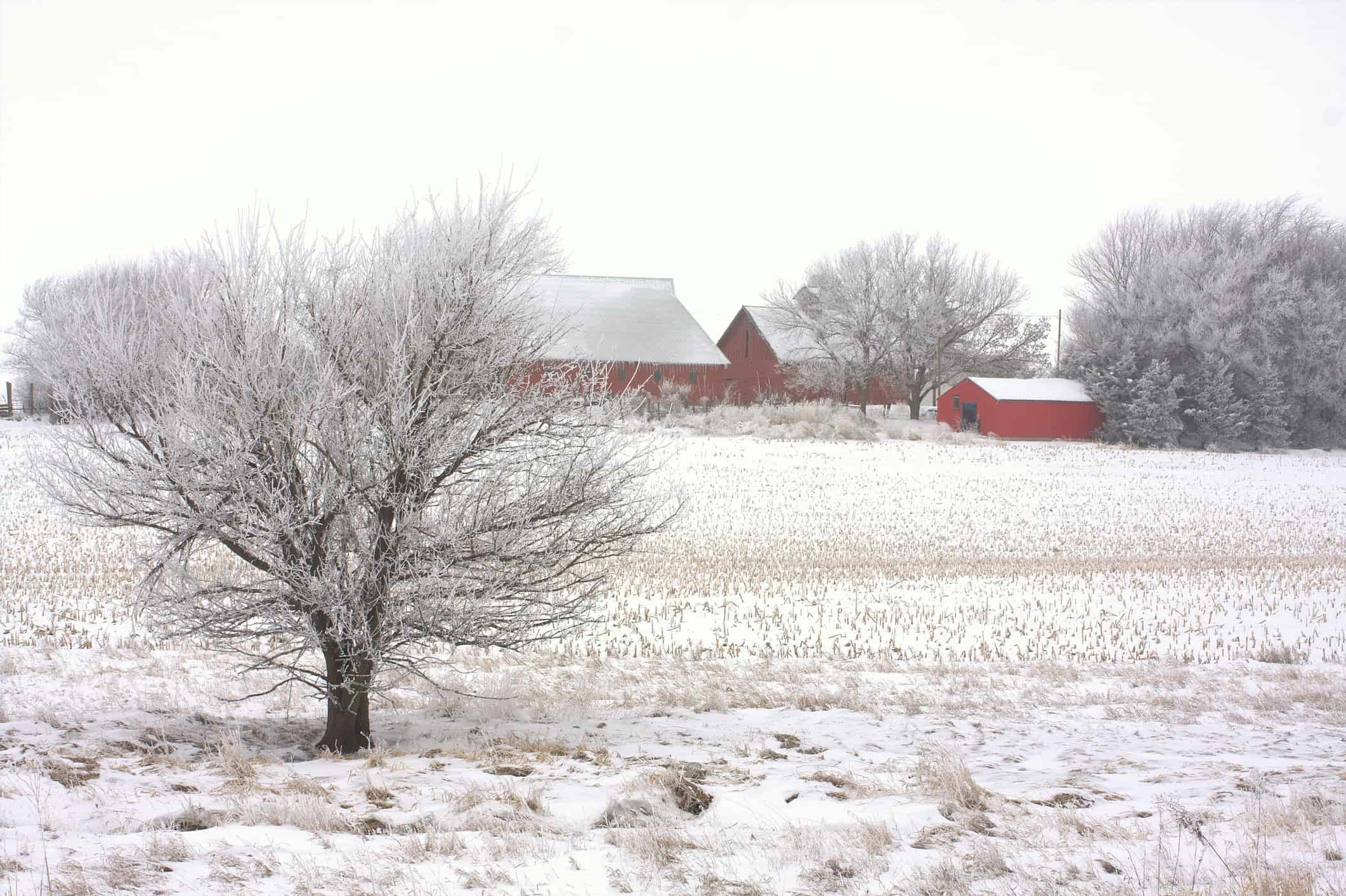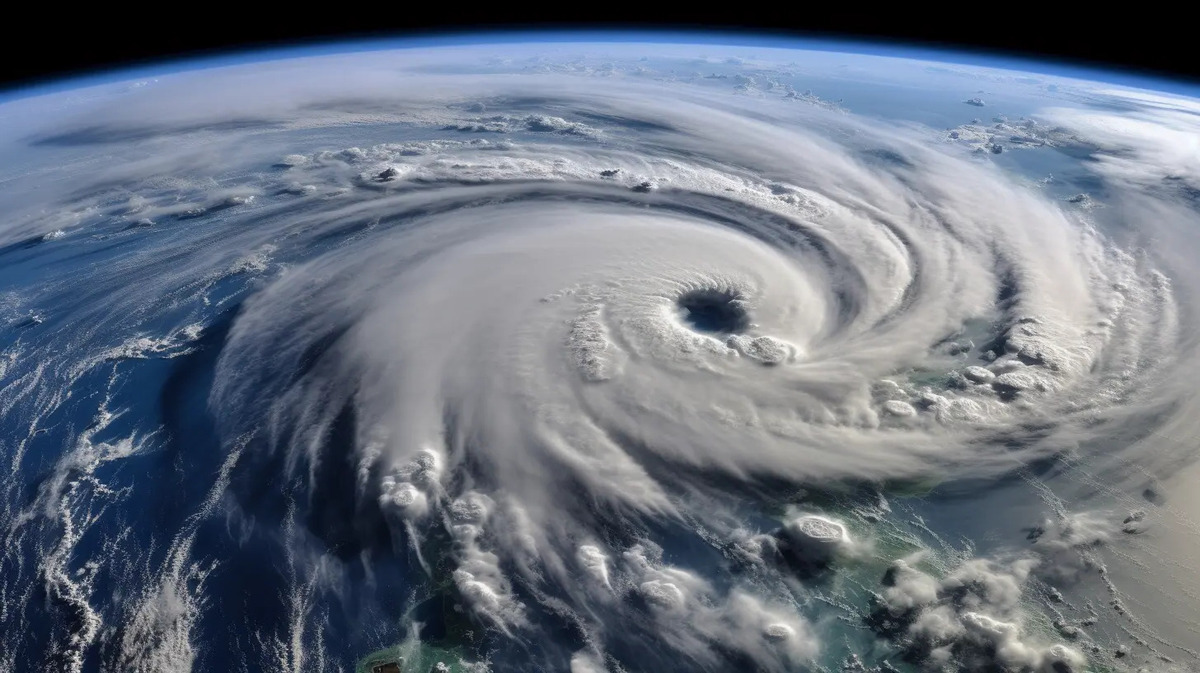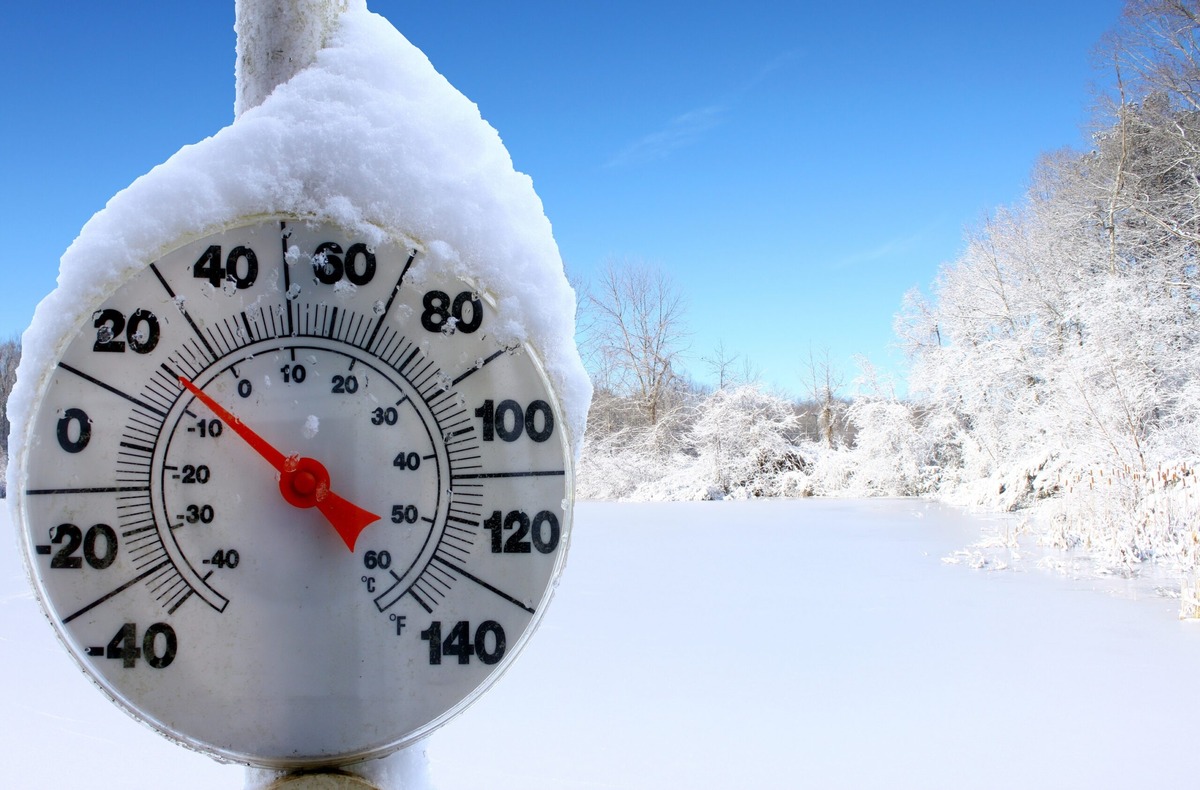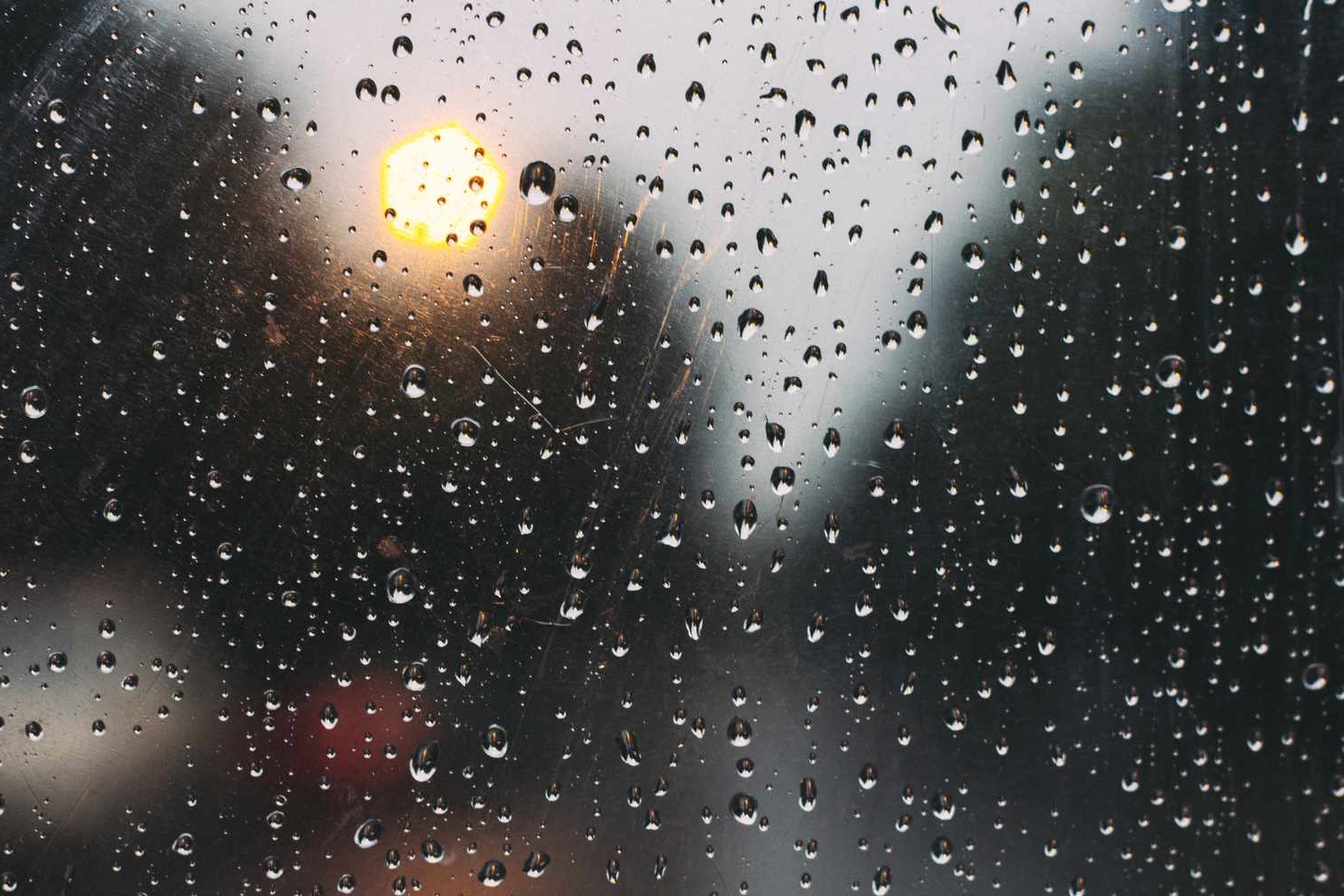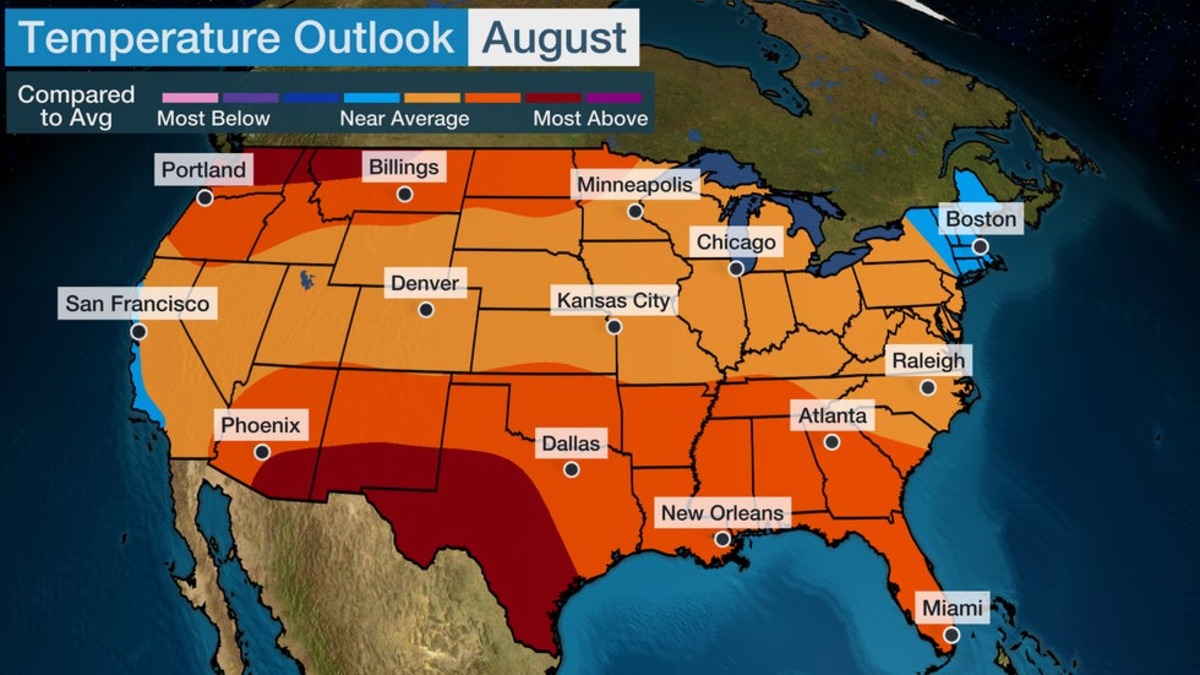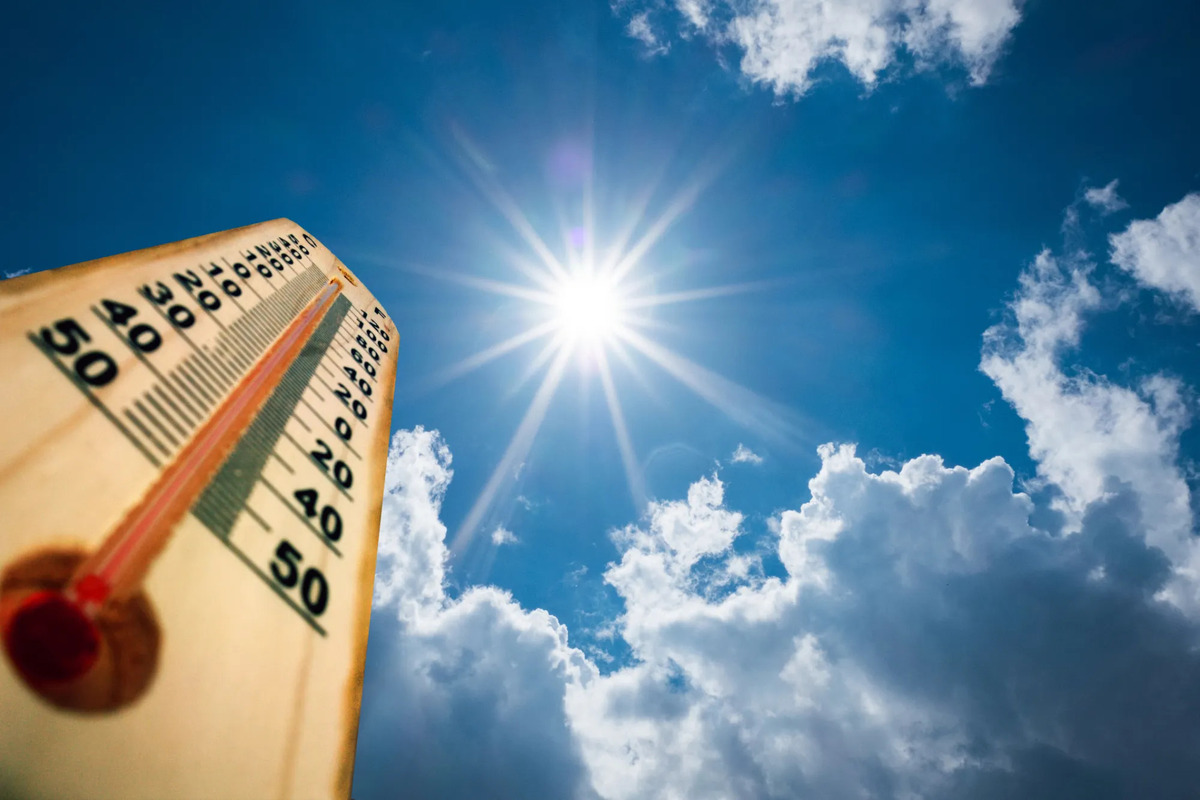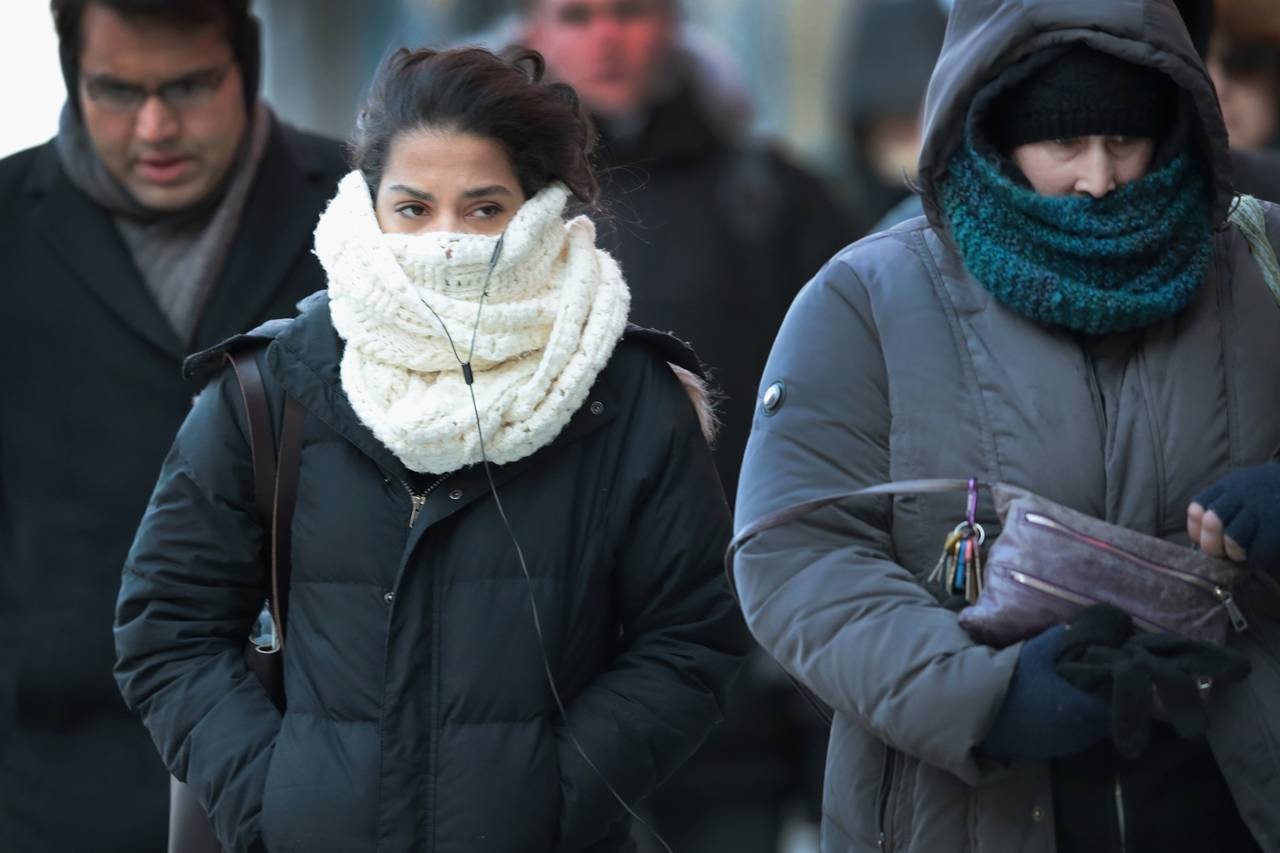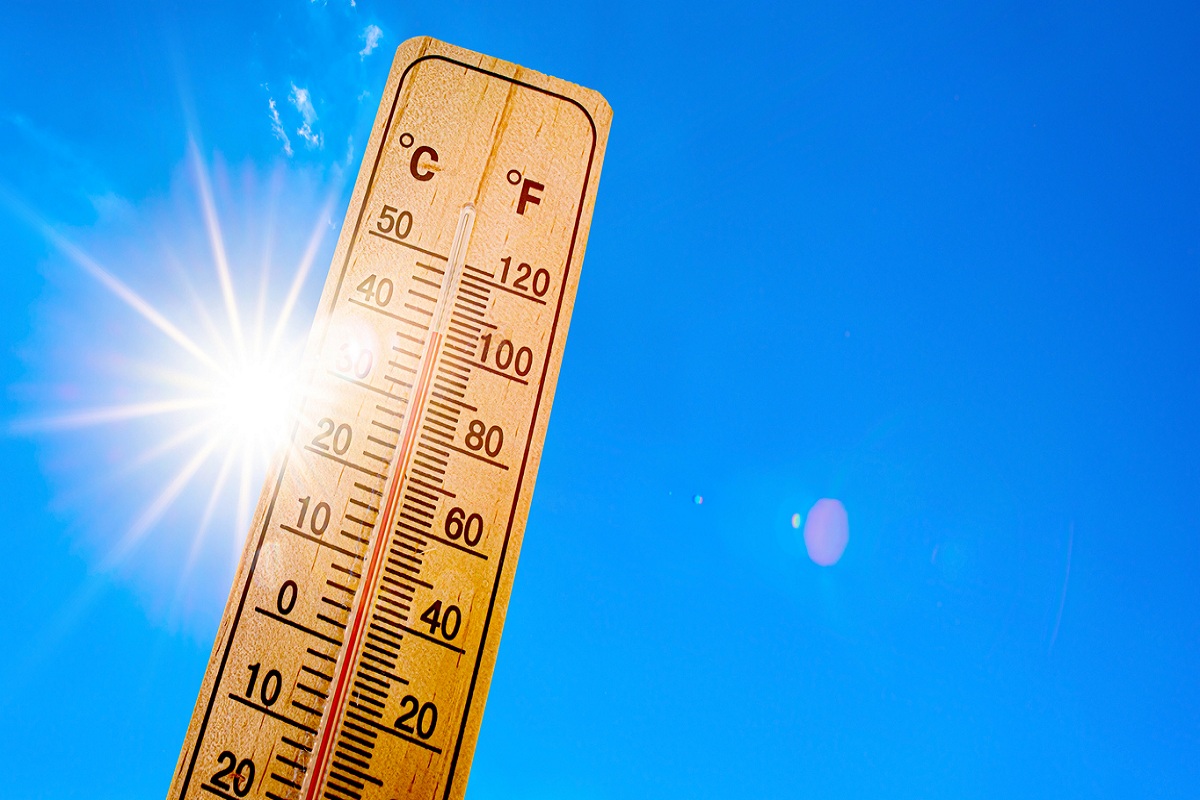Home>Weather and Climate>How High and Low Temps Relate to Wet and Dry Seasons
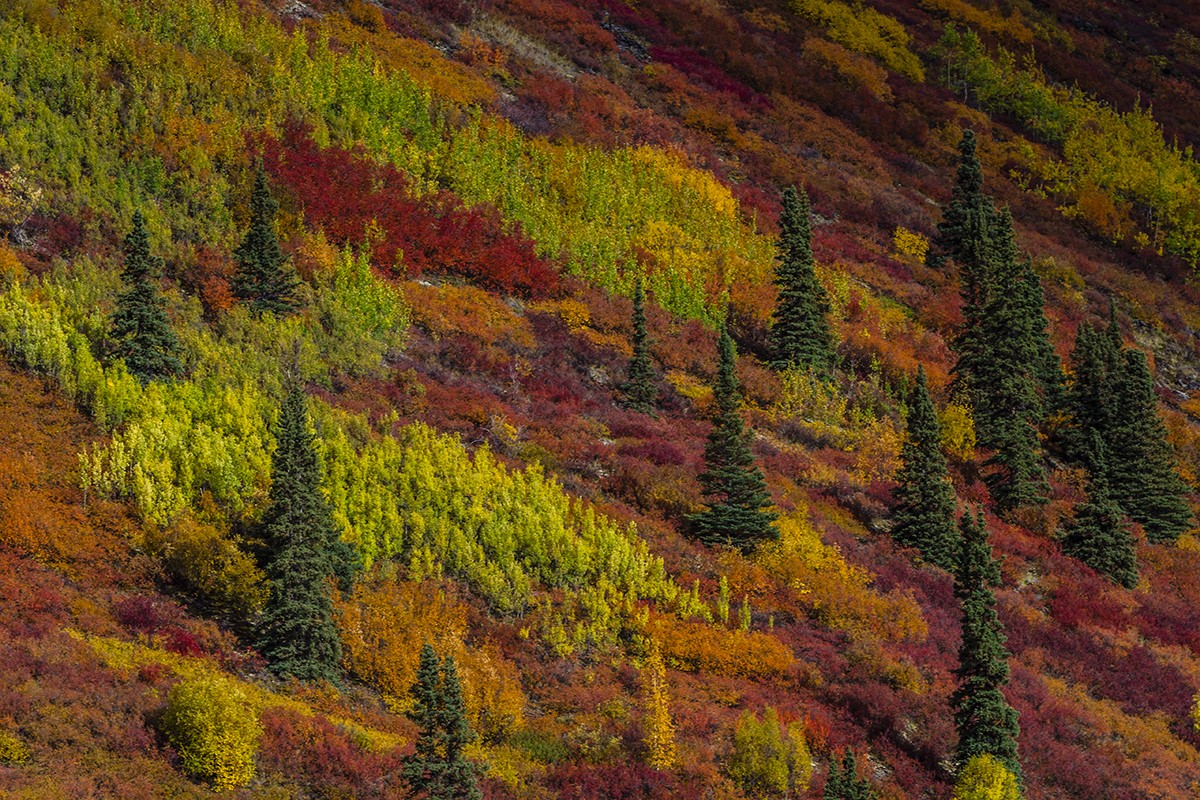

Weather and Climate
How High and Low Temps Relate to Wet and Dry Seasons
Published: June 12, 2024
Explore the correlation between high and low temperatures in wet and dry seasons. Learn more about weather and climate patterns in this informative guide.
(Many of the links in this article redirect to a specific reviewed product. Your purchase of these products through affiliate links helps to generate commission for Temperatures.com, at no extra cost. Learn more)
In my deep dive into meteorology, I've uncovered fascinating insights about how high and low temperatures intertwine with wet and dry seasons. Let's break it down, shall we?
High temperatures often signal the onset of dry seasons, especially in tropical climates. Here's why: as mercury climbs, evaporation rates increase. This process pulls moisture from soil and vegetation, leading to arid conditions. Conversely, low temperatures can herald wet seasons. Cold air holds less moisture than warm air. So, when warm, moist air collides with a cold front, the moisture condenses into precipitation, drenching the land below.
But wait, there's more. In some regions, high temperatures coincide with wet seasons. Sounds counterintuitive, right? Yet, in monsoon climates, scorching heat creates low-pressure areas that draw in moist ocean air, resulting in heavy rains.
Understanding this relationship helps us predict weather patterns and prepare for what Mother Nature has in store. Whether it's packing an umbrella or planning water conservation strategies, knowledge of these dynamics is invaluable. So, next time you're pondering over the weather, remember the intricate dance between temperatures and precipitation. It's a fascinating world up there in the sky!

